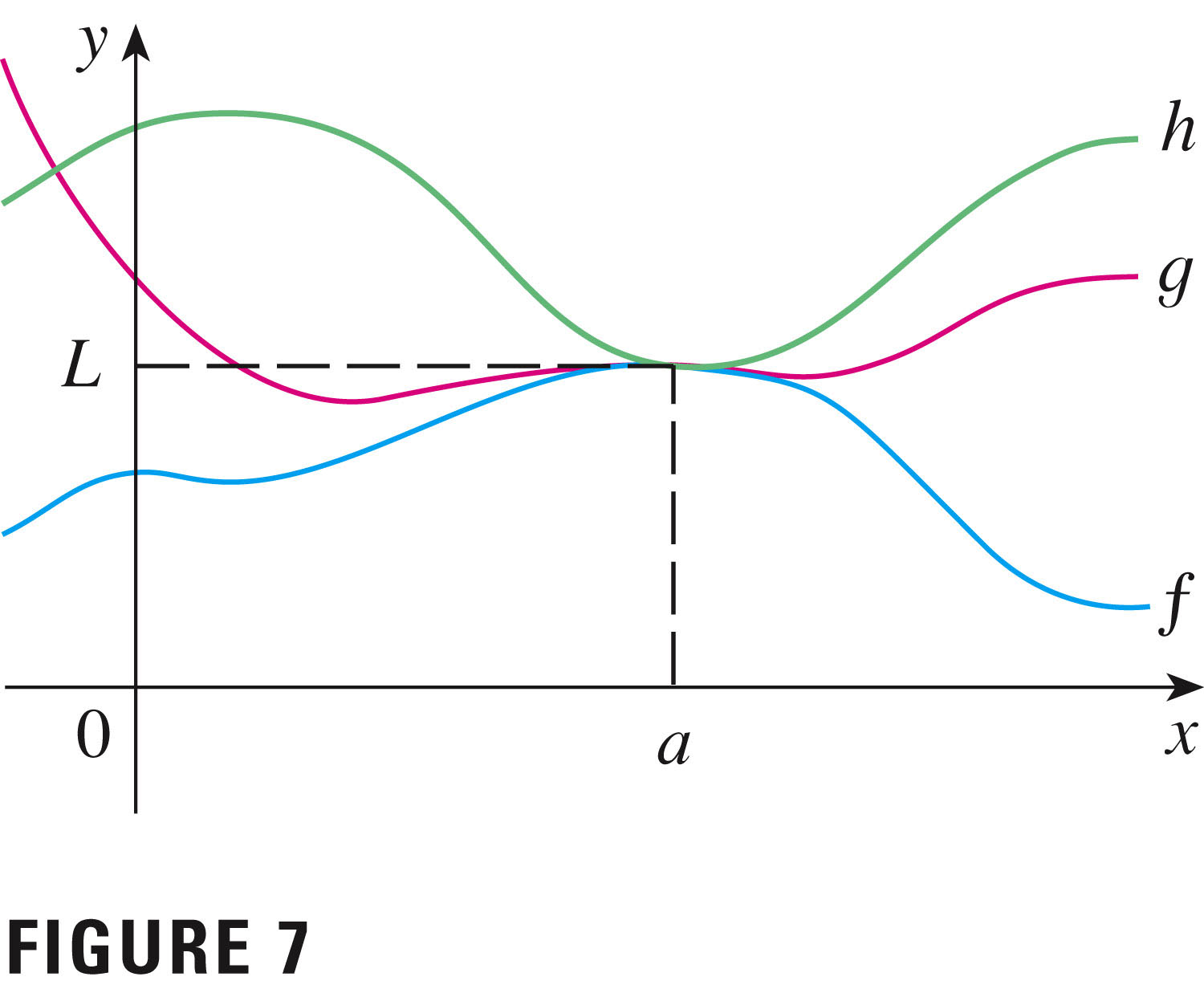- Reminder: your first exam is this Friday, and will cover through
section 1.6, and basic background material.
While you are always encouraged to ask questions in class, it might be particularly useful to do so on Wednesday! While we will not have a formal review for the exam, you may ask any questions you want to start.
- Your assignment for section 1.5 is returned: graded #16, 20, 24
- #16 -- There are infinitely many functions that make these conditions true.
- #20 -- you were to calculate the function for all those $x$-values given in the text. Show your work!
- #24 -- You were to use a table, according to the directions....
- Your quiz is returned.
- You need to know the vocabulary of math, and the
basic skills of algebra:
- tangent and secant lines
- slope of a line
- roots (places where $f(x)=0$)
- point-slope form of a line (only 7 of 28 -- 1/4 -- could write the equation of a linear function $f(x)$ that passes through two points, in point-slope form).
- You need to know the vocabulary of math, and the
basic skills of algebra:
- Your 1.6 homework is due at the end of the hour: you can continue to work on it during class, as we look at other examples from section 1.6.
- Limit laws:
- Basic rules:
- Constant rule:
- Identity rule:
- Constant rule:
- General laws:
Suppose that $\lim_{x \to a} f(x)$ and $\lim_{x \to a} g(x)$ exist. Then
\[
\lim_{x \to a} [f(x)+g(x)] = \lim_{x \to a} f(x) + \lim_{x \to a} g(x)
\]
\[
\lim_{x \to a} [f(x)-g(x)] = \lim_{x \to a} f(x) - \lim_{x \to a} g(x)
\]
\[
\lim_{x \to a} [cf(x)] = c\lim_{x \to a} f(x)
\]
\[
\lim_{x \to a} [f(x)g(x)] = \lim_{x \to a} f(x) \lim_{x \to a} g(x)
\]
\[
\lim_{x \to a} \frac{f(x)}{g(x)} = \frac{\lim_{x \to a} f(x)}{\lim_{x
\to a} g(x)} {\text{ if }} \lim_{x \to a} g(x) \ne 0
\]
- As discussed last time, we can proceed to deduce that all
polynomials have limits, and furthermore that
\[ \lim_{x\rightarrow{a}}P(x)=P(a) \]
Last time we looked at a simple example of the "polynomial rule": We used limit laws to show that it works for $P(x)=9x^3-6x^2+x-7$.
Now we know why it is nice to have a "polynomial law" -- so that we don't have to go through that every time.
- Other Laws:
- The squeeze theorem

Before we jump back to some more examples, let me remind you of why we are concerned especially about the quotient law (and its restriction that the denominator must not have zero as a limit): Example 5, p. 66.
This is an example of a derivative calculation: we can think of this as $f'(a)$, where $f(x)=x^2$ and $a=3$. Let's see. Recall that
$f'(a)=\lim_{h\to 0}{\frac{f(a+h)-f(a)}{h}}$ - The squeeze theorem
- Some Examples.
Keep your eye on some of the "tricks" we use to turn ugly indeterminate expressions into equivalent expressions for which we can evaluate the limits.
These tend to be tricks of algebra.
- Example 3, p. 65
- #7, p. 69
- #10
- #25
- #33
- #47
- #54
- Additional examples:
- #63, p. 71
- #59, p. 71 (squeeze it!)
- Basic rules:
- What is the difference between continuous and discontinuous things?
- A new administration in government?
- A sidewalk?
- Coffee poured into a cup?
- Definition: continuity at a point
Note: three things have to happen:
- The limit of $f$ exists at $a$,
- The function value $f(a)$ exists at $a$, and
- The two values are equal.
Otherwise
is discontinuous at
There are various kinds of discontinuity (which we've already seen):
- Removable discontinuities (e.g. holes)
- Jump discontinuities
- Infinite discontinuities
- Maybe a better definition: a function is continuous on an interval if its graph can be traced there without lifting the pencil from the paper.
- Many of the functions we've considered so far satisfy this, although not all do: consider the "holy function"
This function has a limit at zero (-.5), but is not defined there.
- Since continuity is wrapped up with limits, we have the same kinds
of results that we did in relation to limits:
- We define one-sided continuity
- we have sum laws, product, and quotient laws. We've
already used these to demonstrate that polynomials are
continuous on all real numbers:
- Classes of functions that are continuous on their domains:
- Polynomials
- Rational functions: (ratios of polynomials)
- Trigonometric functions: sine, cosine, tangent
- Root functions: $f(x)=x^{1/n}$
- Exponential functions: $f(x)=b^x$
- For all these functions one can evaluate limits using the
so-called "substitution method": simply plug in
for
.
- An important theorem (p. 88), RE composite functions (remember that I told you how important compositions are? here's one place they show up....):
- Roughly: A composition of continuous functions is continuous.
- Let $F(x)=f(g(x))$
be a composite function.
If $g$ is continous at $x=c$ and $f$ is continous at $g(c)$ then
$F(x)$ is continuous at
.
- Roughly: A composition of continuous functions is continuous.
- Examples: pp. 90-93, #3, 10, 12, 19, 23, 36, 46 (with Mathematica)
- The Intermediate Value Theorem is an important result of continuity:
- Theorem: Suppose that f is continuous on the closed interval [a,b] and let N be any number between f(a) and f(b), where $f(a)\ne{f(b)}$. Then there exists a number $c$ in $(a,b)$ such that $f(c)=N$.
- Example: pp. 93, #69
- Theorem: Suppose that f is continuous on the closed interval [a,b] and let N be any number between f(a) and f(b), where $f(a)\ne{f(b)}$. Then there exists a number $c$ in $(a,b)$ such that $f(c)=N$.